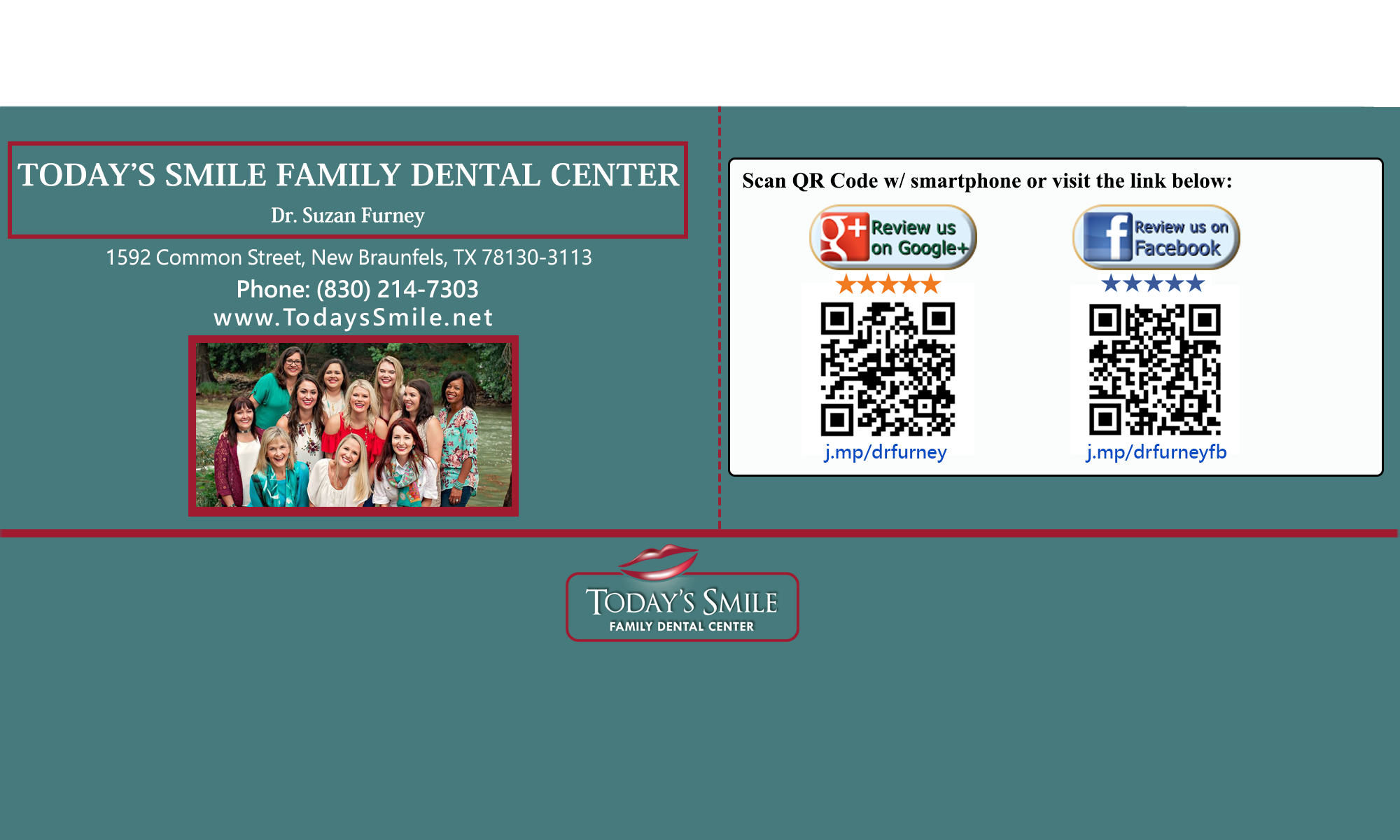Plaque is a sticky film of bacteria that forms on teeth and gums. If you let it build up on your teeth, it can lead to several problems.
The best way to remove plaque from the tooth surfaces is by brushing and cleaning between your teeth every day.
You should brush your teeth twice a day, with a soft-bristled brush. The brush should fit your mouth comfortably, allowing you to reach all areas easily.
When you use toothpaste that contains fluoride, this helps protect your teeth.
You can help even more by cleaning between the teeth once a day with floss or interdental cleaners. This removes plaque from between the teeth in areas the toothbrush can’t reach.
By taking a few steps each day to look after your teeth – and visiting your dentist regularly, you’ll be able to enjoy healthy teeth and a great smile all your life.
